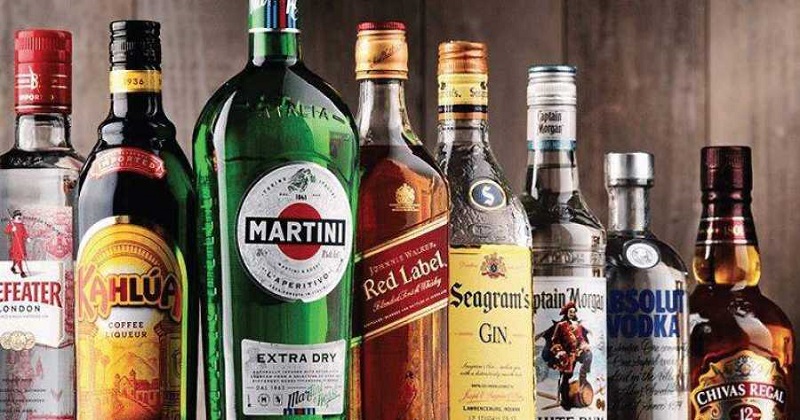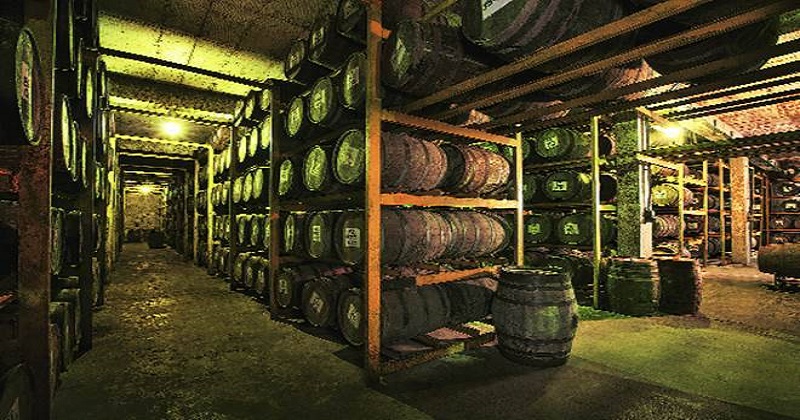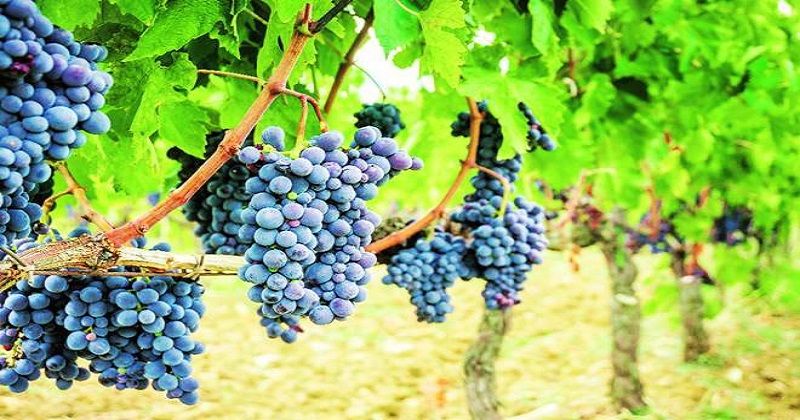
Indian-made liquors have the potential to cater to global markets and engage in a bigger international platform but the industry faces a number of challenges, including high taxes, illogical levies on certain imports and red tape.
Today, wine is an integral part of the urban Indian lifestyle and India has steadily progressed as one of the new world wine countries. The ensuing efforts by companies like Fratelli Wines, Sula Vineyards and Grover Zampa Vineyards have placed India on the global wine map. With active participation at international trade fairs that results in world-wide recognition, Grover Zampa’s exports team travels internationally to educate trade partners and consumers on the quality of Indian-made wines and efforts put in to achieve exceptional results. Ever since Chandon forayed into India in 2013, the consumption pattern has steadily increased, creating space for sparkling wines within the industry. At its state-of-the-art production facility spread across 21 acre in Nashik, a team of international and local wine-makers and viticulturists closely work with grape growers from the region to craft the finest sparkling wines. Chandon launched its latest offering My Chandon in Mumbai last December with its first variant – the Brut. Recently, the limited edition Chandon Rosé, with the ‘Think Pink’ campaign, has built the Rosé as a strong second pillar for Chandon in India.

The Indian alcoholic beverage industry is behind only two major countries such as China and Russia. Growing demand for alcoholic beverages in India is largely attributed to a huge young population, a demand for alcohol in this generation, as well as rising disposable income. With a population of 1.3 billion, India is one of the largest consumer markets across the globe. It is also demographically one of the youngest with around 50% of its population below the age of 25 and around 65% below the age of 35. Goldstein Research analyst forecasts the India alcoholic beverages market to grow at a CAGR of 7.4% during the forecast period 2016-2024. Further, the market is anticipated to reach $39.7 billion by the end of forecast period as alcohol consumption is growing in urban areas.
Take for instance the case of whiskies. Spurred by innovation in whiskey cocktails and highballs, the global whiskey category increased by 7% in 2018, driven in large part by a strong Indian economy (whiskey grew by 10.5% in India, as consumers continue to trade up in the category). The US and Japan posted 5% and 8% growth, respectively. The International Wines and Spirits Record (IWSR) forecast whiskey to grow by 5.7% CAGR from 2018 to 2023, to almost 581 million nine-litre cases.
However, the Indian spirits industry has a great deal of complexities and opportunities for engagement. Recently, celebrated whiskey critic and writer Jim Murray was in India. In an exclusive interaction with FE on Sunday, he observed that Indian distilleries need to work on their wood management skills to find their due place on the global map. “Indians tend to suffer from an inferiority complex in terms of their whiskey, much like the Canadians do,” he said.

According to him, single malt whiskey has been present in India for a long time. The oldest one is probably from Kasauli in the Himalayas. “Kasauli malt was coming into a lot of blends, so the quality went down, and since it’s a tiny distillery, they never really pushed it as single malt. Even enhancing the quantity made the quality fade out. Therefore, the emphasis is on the high quality of distillation, and the type of barrel put in. To be honest, there are other distilleries in India that can catch up but they must get their barrels right,” he said.
Perception vs quality
Many spirit brands in India are being perceived as good quality and it has helped the industry to a large extent. Just the way the Scots know how to make their whiskies and the French know how to make wines, Indian made liquor is also being recognised to an extent. “We might have the best services, infrastructure but if we do not have the zeal to do things better, we can never outperform the art of whiskey and wine-making. Hence, improvisation is the key aspect to growth,” says Garry, Mumbai-based mixologist at Tygr and Kode. Indian brands have often been the first to downplay the intelligence of the local consumer, churning out sub-standard products simply because the audience was perceptibly naive. “So the distrust that we see today stems from this bad treatment meted out to consumers by older brands and unfortunately new brands that are extremely quality conscious and international in their outlook suffer for it,” says sommelier Magandeep Singh.
Indian consumers still don’t ubiquitously hold Indian spirits in high regard. “The tag ‘imported’ needs to change. If consumers don’t respect the produce of their own country, it is difficult to make global consumers do the same,” says Sekhri who sells his premium cases at fine wine spirits boutique called Hedonism in London’s Mayfair. From his experiences, blind tastings have always proved successful in making Indian brands come on top.

Post Your Comments